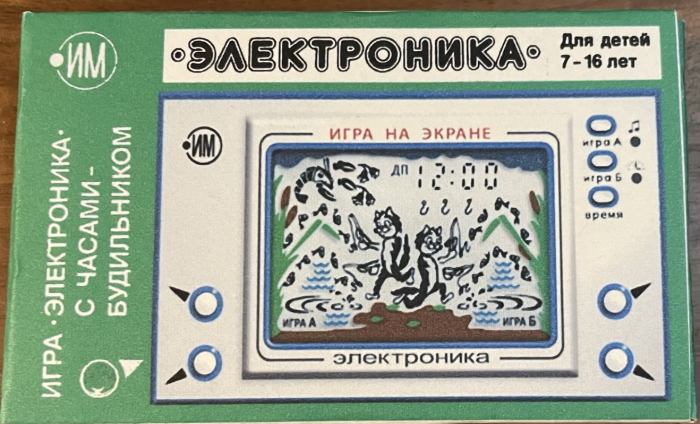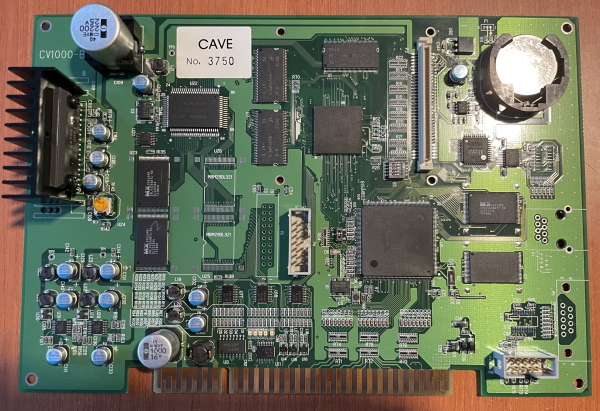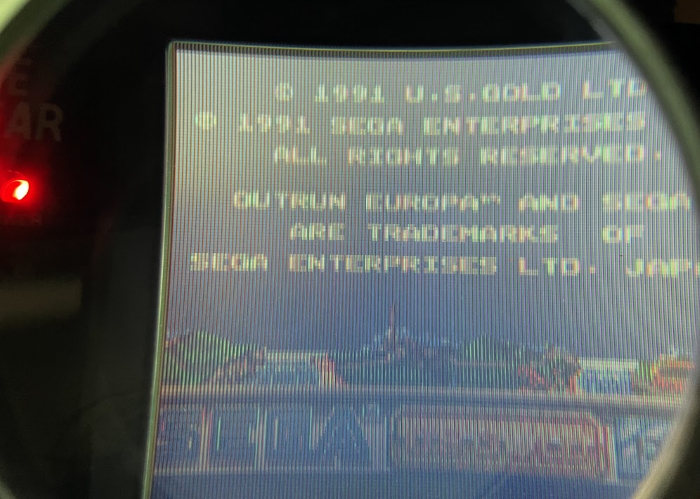-
Soviet Game and Watch: The Elektronika IM-32
The Soviet Union was an ancient Eurasian empire based in the city of Moscow, a former Mongol vassal that came to make Mongolia its own vassal. Its state ideology of communism has caused almost as many wars as differing video standards have. But let’s face it, you already know all that. What about the video games? Surely they had video games!
-
The Apple II Yellowstone Floppy Interface
When I got my Apple ][plus back in 2017, it came with two all-important cards: the Microsoft 64kiB expansion card, and an Apple 5.25” Floppy Interface card. Since then, we’ve added some more: the Microsoft Z80 SoftCard and a Mockingboard sound card. And now I replace one of the original cards. The Apple’s floppy disk controller is a feat of engineering history: why would I replace it? Let’s find out!
-
A Last Gasp of 2D: The Cave CV1000
Two-dimensional video game hardware is often considered a solved problem. Things like hardware sprites and tilemaps are basically gone; everything is done in software. Anything past that is done with 3d accelerators that work on entirely different principles. So let’s today take a look at a machine at the very end of the 2d period. And maybe also see why a straightforward platform still vexes emulator developers today. Bonus: A cool game!
-
Namco System 12: The Fastest Route to the Third Dimension
The shift into the 3D era of gaming was one of the most important changeovers in console and arcade gaming: powerful CPUs meant dedicated 2D game hardware was rapidly made unnecessary, but at the same time, the market moved away from 2D entirely: a new era was afoot, the era of the 3D polygonal-based gaming. And one name stands out there: Sony PlayStation, the grey box that broke the Sega/Nintendo stranglehold on the market. And you might wonder: what was happening in arcades? Did the PlayStation make a splash there too?
-
Tennokoe, or, How I learned to Stop Worrying and Save the Game
Saving games– it’s easy to take that ability for granted today. But at one point, it was what separated console games and PC games. PCs had floppy and tape drives for storage; consoles often didn’t even have ROMs, let alone any form of storage. But as consoles moved away from the arcade world of quick game sessions and into larger adventures, saving games became a necessity. Most cartridge systems settled on battery-backed SRAM, but the PC Engine had to do things a little differently.
-
Famicom Expansion Audio Double Play: Bases Loaded, and the Stereo Mod Revisited!
In the west, the Nintendo Entertainment System exposed its graphics bus over the cartridge slot, allowing for all sorts of mayhem. But what you might also know is that the Famicom went a step further: it exposed the audio output on the cartridge slot. Let’s take a closer look and figure out why this feature might not be working on one particular Famicom. On the way, we’ll see why one of the most common Famicom ROMs may be technically undumped.
-
Converting from the Game Gear to the Master System
Sometimes people ask me: “Nicole, how do you convert a Master System game to the NES?”, or some other combination of game consoles. And the answer is invariably the same: there is no way to do so without rewriting the game from scratch. 8-bit games are almost always written in assembly, and also take advantage of the platform-specific features. For you to be able to do this, the two platforms would have to be near-identical to begin with. And the best example, the exception that proves the rule: the Sega Master System and the Sega Game Gear. Thanks to Bob from RetroRGB for the post idea.



